Russian subs plumb depths of Lake Geneva
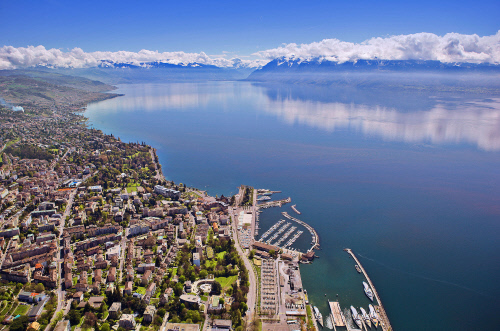
Two deep-sea Russian submersibles will dive to the bottom of Switzerland’s largest body of water in the summer to gain a better idea about its geology and physics.
The elemo project, coordinated by the Federal Institute of Technology in Lausanne (EPFL), will bring together researchers from around the world to explore the lake’s abysses with the aim of better understanding and protecting it.
“Our lake is special – and not just because of its beauty,” Andrew Barry, professor of ecological technology at EPFL and part of the elemo project, told swissinfo.ch.
“Most lakes are quite small and Coriolis [the effect of the earth’s rotation on, among other things, ocean flow patterns and plughole water] has no effect. The Great Lakes in the United States are actually like small seas. Our lake is the magic size for interaction between certain forces,” he said.
Some 1.5 million people live near Lake Geneva, which provides drinking water for half of them. But despite its importance, there is still much to learn about the complex workings of the ecosystem.
“One thing that can happen in lakes like this is that currents sweep along the edge of the lake and can interact with bottom sediment and suspend sediments into the water column,” Barry said. “If those sediments contain anything that we think is hazardous, then we want to know where they go.”
Will he be taking part in the dives? “To be honest I’m a bit dubious – I don’t like being in an enclosed space under water.”
“Not the Caribbean”
And the two Mir submersibles won’t be bobbing along just under the surface: the eight-metre, three-person vessels have a maximum operating depth of 6,000 metres, although the lowest point in Lake Geneva is 310 metres.
Mir – which as with the space station means both “world” and “peace” in Russian – will enable researchers to gather large amounts of data and to place grids over entire areas. They will be able to study how pollutants accumulate and even perform field experiments on the lake bed.
“Of course it’s not the Caribbean here so you don’t have very nice underwater scenes, but each lake is different,” Ulrich Lemmin, a professor at EPFL interested in rheology, the study of the flow of matter, told swissinfo.ch.
“The mixture of stone and mud is different everywhere, and this difference also affects what happens in the lake in terms of water movement, deposition and so on. So just because I’ve dived in Lake Baikal for example doesn’t mean I don’t have to dive here. I’ve done both, and I can say it’s different.”
For Lemmin, who will be going down in the submersibles, the most interesting part of the project is the collaboration between a very broad spectrum of scientific disciplines.
“The point here is that we do our experiments at the same time, so later we can interpret the data of one scientific field within the view of another field,” he said.
Community gift
The dives, which are being financed by Ferring Pharmaceuticals and the Russian honorary consulate in Lausanne, will take place from June to August.
Michel Pettigrew, president of Ferring, which was founded in Sweden, told swissinfo.ch that the reason for their involvement was altruistic.
“Six years ago we moved our headquarters to Saint-Prex, on the lakeshore. We were extremely well received – the Swiss people were very kind to us – and it’s our way of giving back to the population, letting them get a better understanding of their lake,” he said.
“If by pure luck somebody found something at the bottom of the lake that could be of interest to us, of course we would look at it, but that is absolutely not our objective today.”
Patrick Aebischer, president of EPFL, also admitted to being a bit claustrophobic but was happy about the international cooperation, adding that they had sought to boost relations with Russia over the past ten years.
“We believe it is an important country – it’s one of the BRIC countries [alongside Brazil, India and China] where we would like to develop more interaction,” he told swissinfo.ch.
Unanswered questions
In addition to Russia, the elemo project is attracting geologists, biologists, physicists, chemists and general limnologists – lake experts – from Switzerland, French, Britain and the United States.
They have plenty of questions to think about as they float to the bottom: which pollutants are found in the lake’s waters, and how do they circulate in the water flows? How are bacterial populations distributed on the lake bed? What dynamics govern the settling of the sediments brought in by the many tributaries?
The mouth of the Rhone at the east end of the lake is another area of interest. The sediments washed down by the river form unstable submarine canyons more than 30 metres high. The dives should provide a better understanding of this unstable environment.
The researchers will also explore the Vidy Bay area by Lausanne, where the shores are densely populated, to learn more about the impact of micro-pollutants.
“Ultimately what we want to do is to predict what happens in the lake in response to certain events. To do that, we have sophisticated models of the hydrodynamics of the lake, but to make those models work properly we need good data,” Andrew Barry said.
And should a long-necked sea creature swim by, the scientists – and the region’s tourism office – will be on the phone to Loch Ness for tips within seconds.
Lake Geneva – Lac Léman in French and Genfersee in German – is 59.5% (345.31 km²) in Switzerland (cantons of Vaud, Geneva and Valais), and 40.5% (234.71 km²) in France (Haute-Savoie).
It is the largest body of water in Switzerland, with a volume of 89km³, and one of the largest lakes in western Europe.
Average depth: 154.4 metres; deepest point: 309.7 metres. The average level (altitude) of water of 372m is controlled by the Seujet Dam near Geneva.
Lake Geneva can be considered the birthplace of limnology, the study of inland water: François-Alphonse Forel (1841-1912), a professor at Lausanne University, was born in Morges and pioneered the study of lakes.
The Mir I and Mir II are battery-powered, three-person submersibles with a maximum operating depth of 6,000m.
Each submersible is 7.8 metres long and weighs 18.6 tons. It is just over two metres in diameter and is made of a five-cm-thick combination of nickel and steel.
The Mirs descend and ascend at 35-40 metres per minute. Reaching the full depth of 6,000 metres can take more than two hours. Once on the bottom, they can travel at up to five knots thanks to large manoeuvrable propellers. Smaller steering propellers are located on each side. An adjustable ballast system allows the pilot to control the submersible’s buoyancy and hover over the bottom like an underwater helicopter.
Scientists are not the only ones to employ the Mirs in underwater filming. Director James Cameron used them to make Titanic, and they have also been used for IMAX films.

In compliance with the JTI standards
More: SWI swissinfo.ch certified by the Journalism Trust Initiative

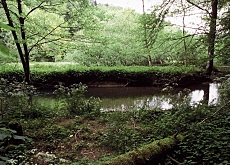
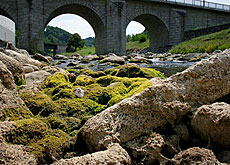
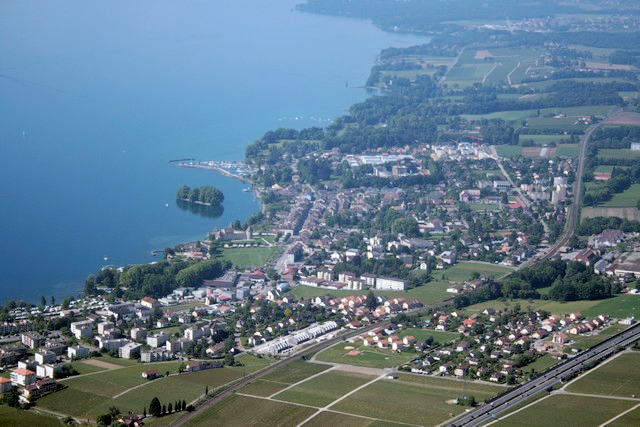
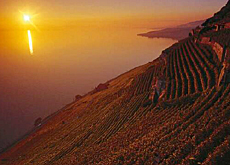
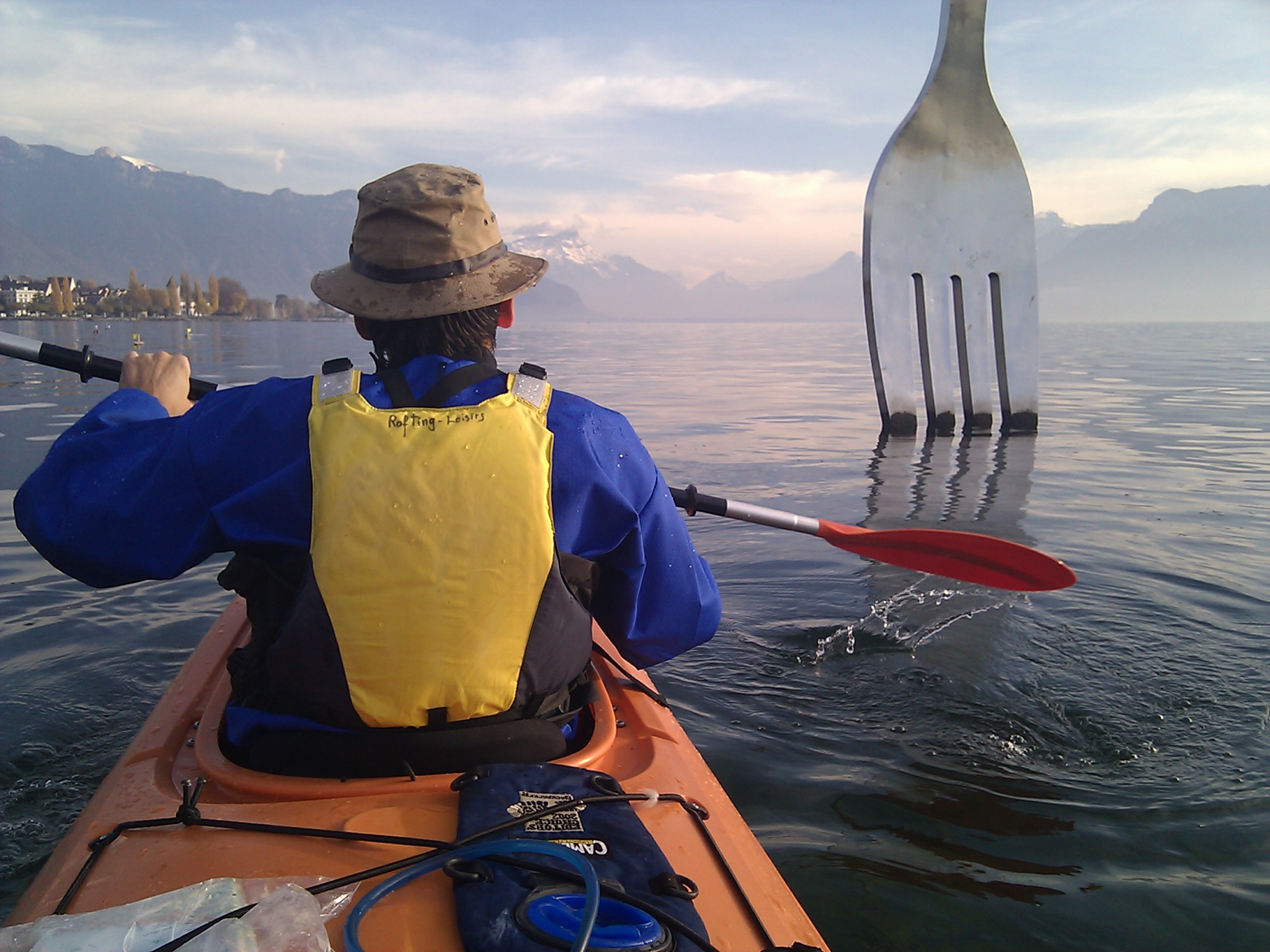
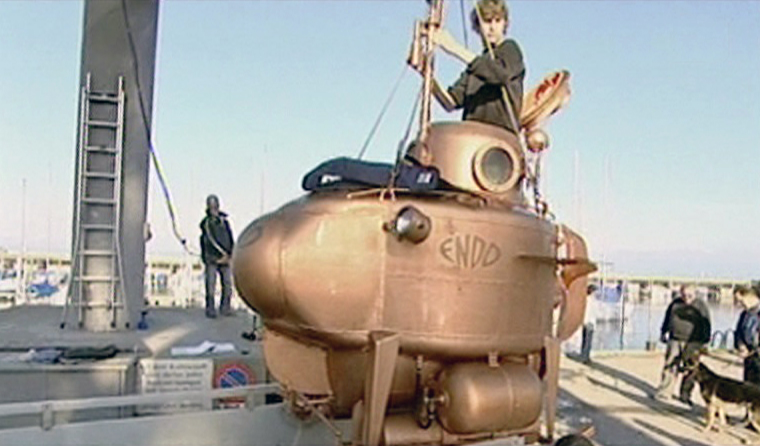
You can find an overview of ongoing debates with our journalists here. Please join us!
If you want to start a conversation about a topic raised in this article or want to report factual errors, email us at english@swissinfo.ch.